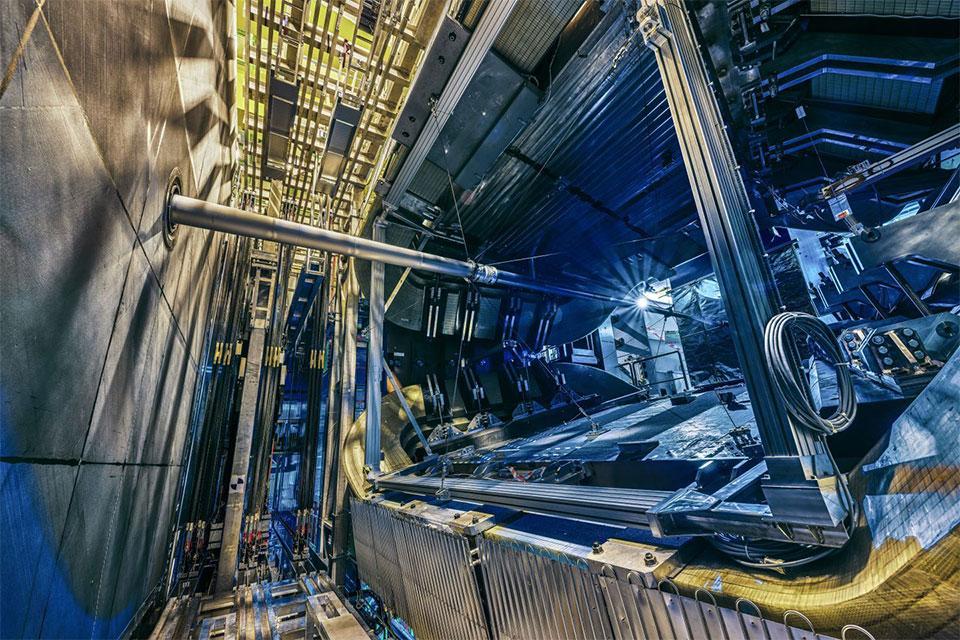The LHCb collaboration has revealed strengthening evidence for a violation of lepton universality in B-mesons decaying to a kaon plus a pair of leptons, electrons compared to muons. This B→Kl+l- decay requires the rare, flavour-changing neutral current transition, b→sl+l-, which is well acknowledged for potential sensitivity to the influence of unknown physics.
A tenet of the Standard Model of particle physics is that the three types of charged leptons (electron, muon, tau) feel electromagnetic and weak-force forces identically. This principle, verified in all observed transitions, means any difference in decay rate is due only to their differing masses, a kinematic effect that is easily calculated. Tests of lepton universality nevertheless continue, most recently in the study of the decay of third-generation quarks by the LHCb experiment at CERN.
In the new measurement, B-mesons are studied decaying to a charged kaon plus an electron or muon pair. To minimise experimental uncertainties, a double ratio of decay rates (Γ) known as RK is measured,
\(R_K = \frac{\Gamma(B^{\pm}\rightarrow K^{\pm} \mu^+ \mu^-)}{\Gamma(B^{\pm}\rightarrow J/\psi K^{\pm}, J/\psi\rightarrow \mu^+ \mu^-)}/\frac{\Gamma(B^{\pm}\rightarrow K^{\pm} e^+ e^-)}{\Gamma(B^{\pm}\rightarrow J/\psi K^{\pm}, J/\psi\rightarrow e^+ e^-)}\)
With this construction, the rate of the muonic and electronic B→Kl+l- decays are measured with respect to a topologically identical B-decay that proceeds via the temporary creation of a J/ψ meson. This intermediate decay is much more likely, but known to respect lepton universality.
The result: RK=0.846 +0.044-0.041 is determined using the full 2011-2018 LHCb dataset and is shown in the figure as a black point with error bars. This is the most precise measurement to date and is 3.1σ (3.1 standard deviations) from the standard model expectation (RK=1).
Superseded LHCb measurements, shown on the plot in grey, show consistency as do older results from e+e- collider experiments, BaBar and Belle. A significance of 3.1σ is a statement that the probability that this effect is due to a chance fluctuation in the background is 0.1%. Other, albeit less precise, results in related decay channels have exhibited similar behaviour, ensuring that the new measurement has been eagerly awaited by the particle physics community. The LHCb Upgrade (2022- ) will collect five times the current statistics and has the potential to observe a new physics effect beyond 5σ significance.
The Oxford LHCb group is a founding member of the LHCb collaboration and work on the RICH and vertex subdetectors, which are critical to the RK result. The group expresses cautious excitement at the new result, and looks forward to the release of related measurements on the existing data set, and the higher precision that the LHCb Upgrade will afford. For further information, see the LHCb public page or the LHCb paper, which is submitted to Nature Physics.

